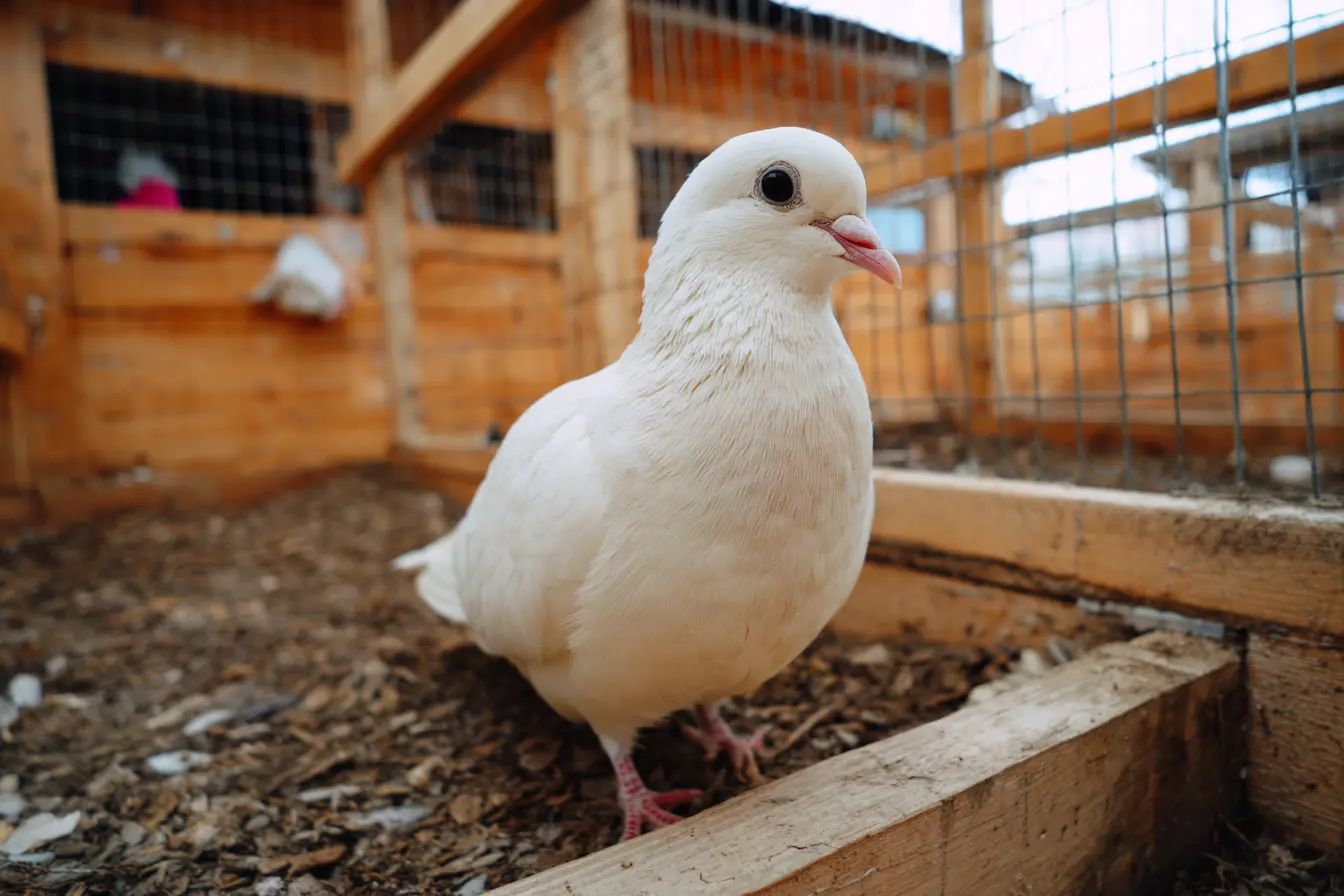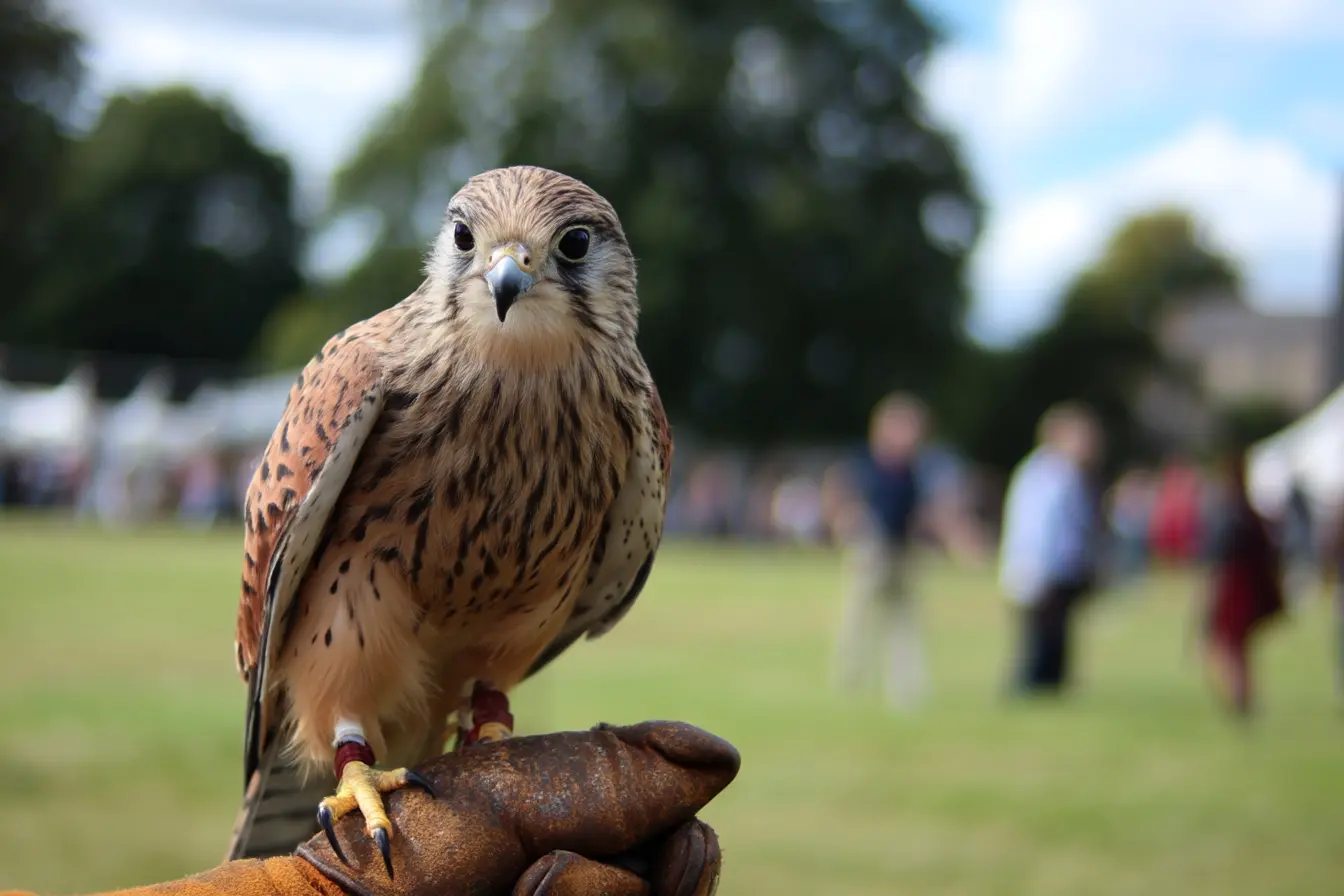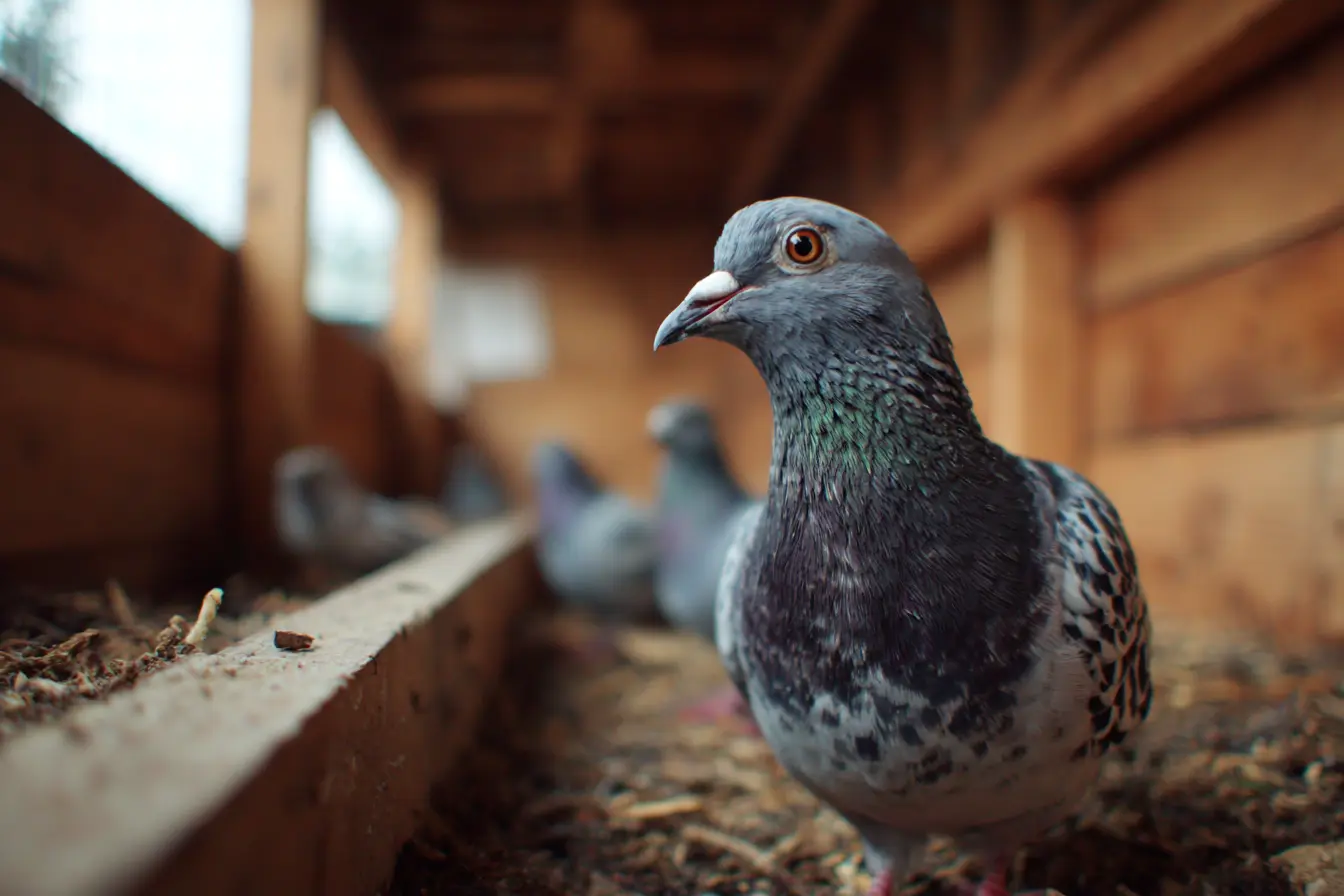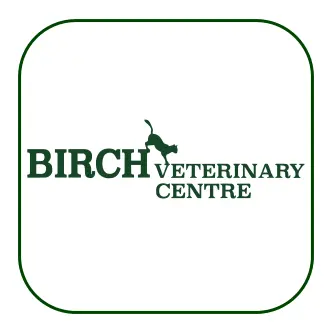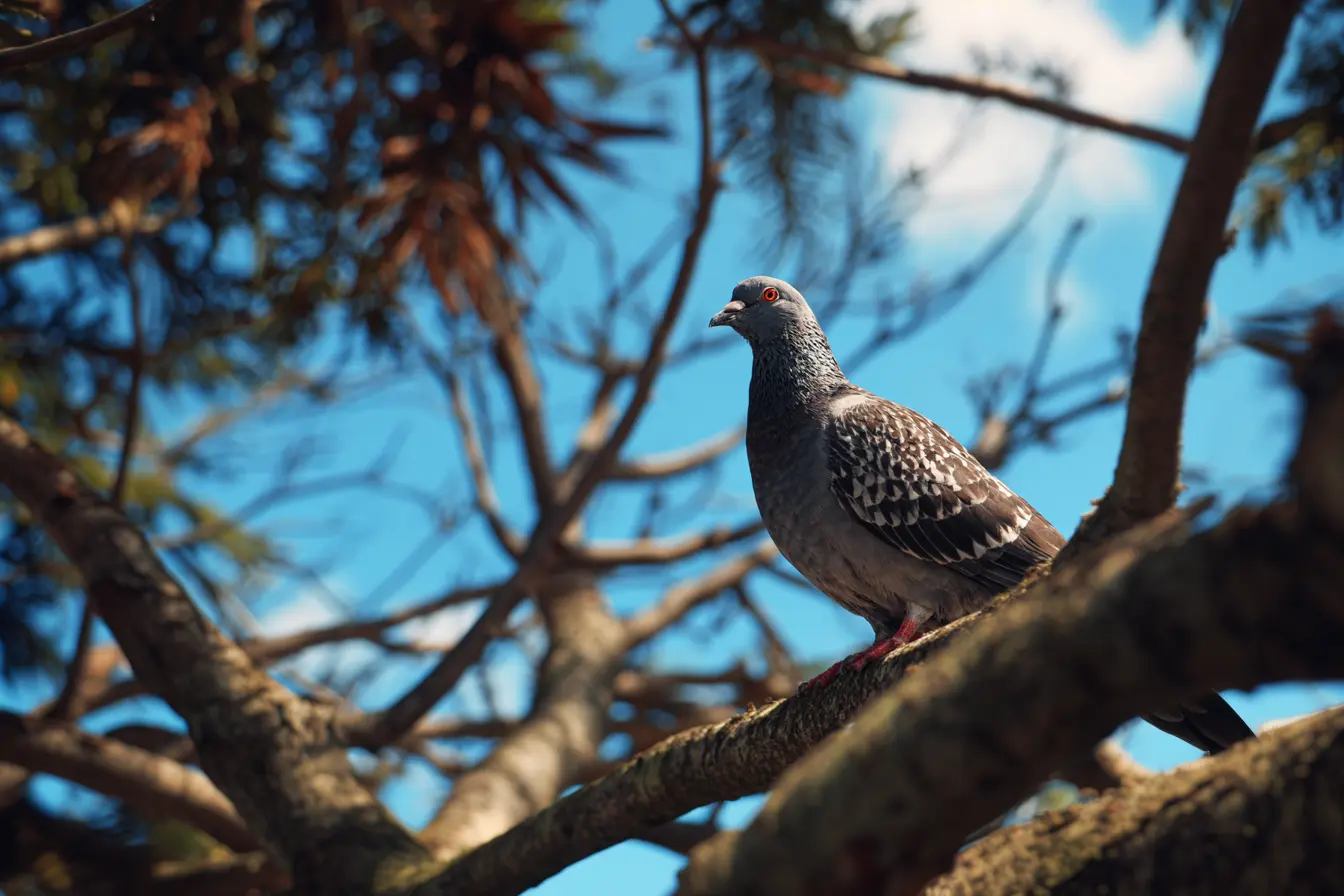
Understanding Canker in Birds: Causes, Symptoms, Treatment, and Prevention
Canker is a common yet potentially serious disease affecting a variety of bird species, particularly pigeons, doves, and some raptors. Known scientifically as trichomoniasis, it is caused by the protozoan parasite Trichomonas gallinae. While it is treatable, canker can be fatal if left unmanaged, making early recognition and prompt care essential for bird keepers.
What is Canker?
Canker is a parasitic infection of a bird’s upper digestive tract. The parasite typically lives in the mouth, throat, and crop, forming yellowish, cheese-like lesions. These growths interfere with eating, drinking, and breathing, leading to weakness and potentially death.
Species Most Affected
- Pigeons and Doves: Highly susceptible, often spread among loft mates.
- Birds of Prey: Can contract it from eating infected pigeons or doves.
- Poultry and Songbirds: Less commonly affected, but still at risk in some conditions.
Causes and Transmission
How Birds Catch It
- Direct Contact: Adult birds feeding chicks can pass the parasite via crop milk.
- Contaminated Water and Feed: Shared drinkers or baths are common transmission points.
- Regurgitated Food: Mating pairs may transfer the parasite during courtship feeding.
- Predation: Raptors can catch it by eating infected prey.
Risk Factors
- Overcrowded lofts or aviaries.
- Poor hygiene in food and water containers.
- Warm, damp environments that encourage parasite survival.
Symptoms of Canker
Early Signs
- Lethargy and reluctance to fly.
- Reduced appetite.
- Slight swelling around the throat.
Advanced Signs
- Yellow or cream-coloured lesions in the mouth, throat, or crop.
- Difficulty swallowing or breathing.
- Regurgitation of food.
- Watery or slimy droppings.
- Fluffed-up feathers and general weakness.
In severe cases, lesions can block the airway, leading to suffocation.
Diagnosis
Visual Inspection
- Look inside the bird’s mouth for the distinctive cheesy plaques.
- These lesions should never be pulled off, as this can cause bleeding and secondary infection.
Veterinary Tests
- An avian vet can take a swab from the mouth or crop and examine it under a microscope to confirm Trichomonas gallinae.
Treatment
Veterinary Care
- Prescription Medications: The most common treatments are antiprotozoal drugs such as ronidazole, metronidazole, or carnidazole.
- Dosage and Duration: Must be given exactly as prescribed. This is usually 5–7 days for mild cases, longer for severe infections.
Supportive Care
- Keep the bird warm and stress-free.
- Offer soft, easy-to-swallow foods if eating is difficult.
- Maintain access to clean, fresh water.
Prevention
Hygiene Practices
- Clean food and water containers daily with a disinfectant safe for birds.
- Replace water frequently, especially in warm weather.
Loft and Aviary Management
- Avoid overcrowding. Overpopulation increases transmission.
- Provide good ventilation to prevent dampness.
Health Monitoring
- Quarantine new birds for at least two weeks before introducing them to the flock.
- Check birds regularly for early signs of illness.
Breeding Considerations
- Treat breeding pairs before the nesting season to reduce risk to chicks.
- Inspect squabs frequently, as young birds are especially vulnerable.
Long-Term Outlook
With prompt treatment, many birds recover fully from canker. However, untreated cases often lead to death. Some birds may carry the parasite without symptoms, so ongoing preventative care is essential.
Conclusion
Canker in birds is a preventable and treatable condition if caught early. By maintaining strict hygiene, monitoring your flock closely, and seeking veterinary care at the first sign of illness, you can greatly reduce the risk of serious outbreaks. As with many avian health issues, prevention is far easier, and far kinder, than cure.
Vets near you
Speciality vets
- Aquatics vet specialists
- Birds vet specialists
- Camelids vet specialists
- Cats vet specialists
- Cattle vet specialists
- Deer vet specialists
- Dogs vet specialists
- Equines vet specialists
- Exotic vet specialists
- Goats vet specialists
- Pigs vet specialists
- Poultry vet specialists
- Sheep vet specialists
- Small Mammals vet specialists
- Wild vet specialists
